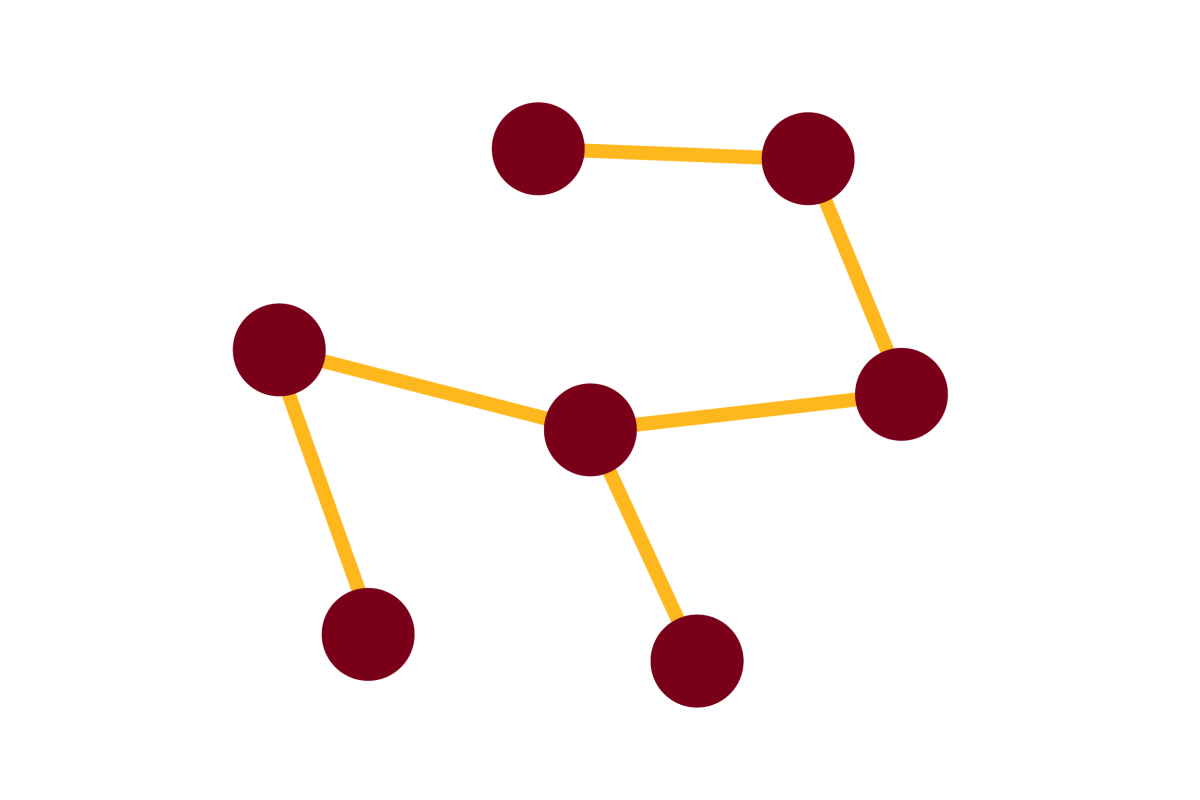Systematic mapping of genetic interactions for de novo fatty acid synthesis identifies C12orf49 as a regulator of lipid metabolism [journal]

Journal
Nature Metabolism - June 1, 2020
Authors
Michael Aregger, Keith A Lawson, Maximillian Billmann (post-doctoral associate), Michael Costanzo, Amy HY Tong, Katherine Chan, Mahfuzur Rahman (Ph.D. student), Kevin R Brown, Catherine Ross, Matej Usaj, Lucy Nedyalkova, Olga Sizova, Andrea Habsid, Judy Pawling, Zhen-Yuan Lin, Hala Abdouni, Cassandra J Wong, Alexander Weiss, Patricia Mero, James W Dennis, Anne-Claude Gingras, Chad L Myers (professor), Brenda J Andrews, Charles Boone, Jason Moffat
Abstract
The de novo synthesis of fatty acids has emerged as a therapeutic target for various diseases, including cancer. Because cancer cells are intrinsically buffered to combat metabolic stress, it is important to understand how cells may adapt to the loss of de novo fatty acid biosynthesis. Here, we use pooled genome-wide CRISPR screens to systematically map genetic interactions (GIs) in human HAP1 cells carrying a loss-of-function mutation in fatty acid synthase (FASN), whose product catalyses the formation of long-chain fatty acids. FASN-mutant cells show a strong dependence on lipid uptake that is reflected in negative GIs with genes involved in the LDL receptor pathway, vesicle trafficking and protein glycosylation. Further support for these functional relationships is derived from additional GI screens in query cell lines deficient in other genes involved in lipid metabolism, including LDLR, SREBF1, SREBF2 and ACACA. Our GI profiles also identify a potential role for the previously uncharacterized gene C12orf49 (which we call LUR1) in regulation of exogenous lipid uptake through modulation of SREBF2 signalling in response to lipid starvation. Overall, our data highlight the genetic determinants underlying the cellular adaptation associated with loss of de novo fatty acid synthesis and demonstrate the power of systematic GI mapping for uncovering metabolic buffering mechanisms in human cells.
Link to full paper
Keywords
computational biology, bioinformatics